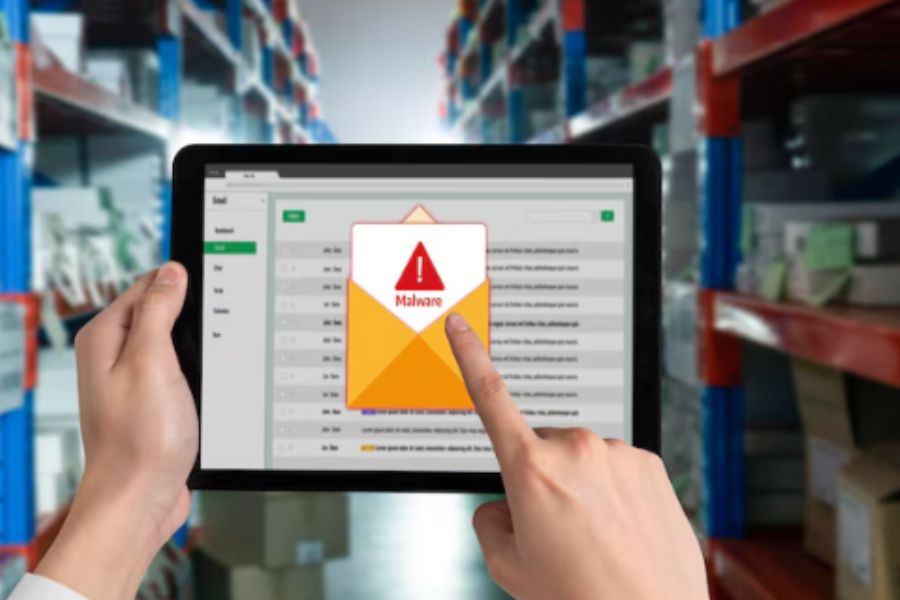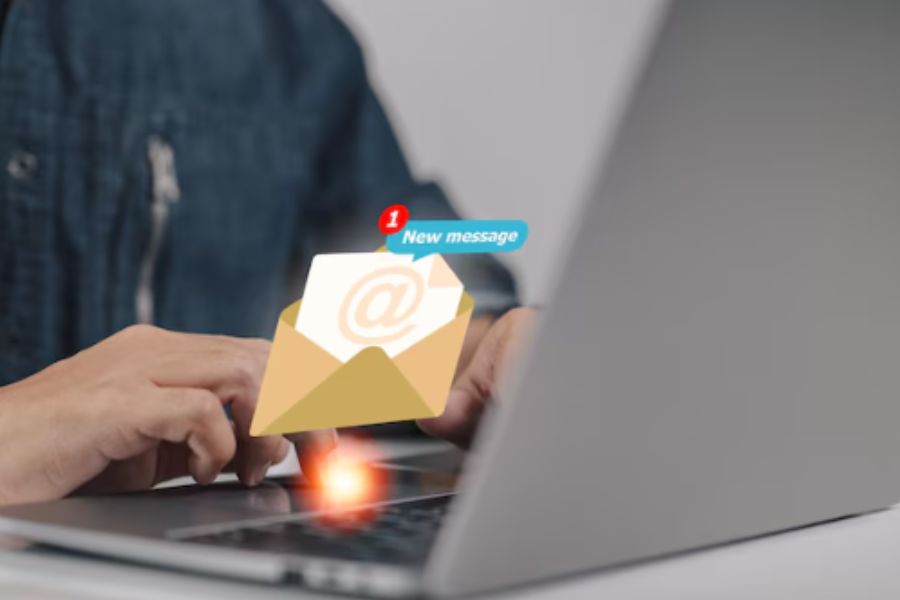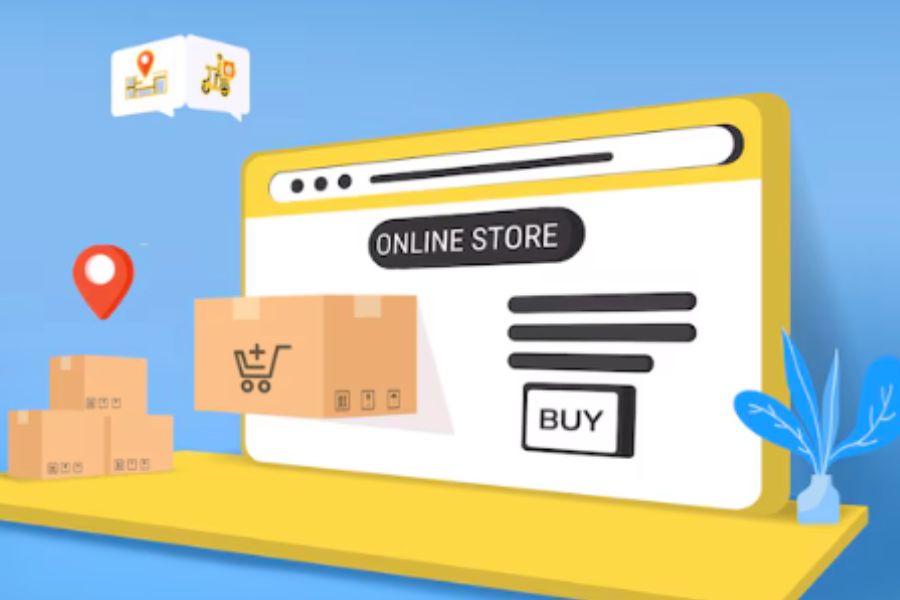Some stores focus on a certain crowd of buyers, such as a local boutique that caters to millennial women or a restaurant supply business that caters to industry experts. They must be able to separate each group and market to them in a unique way. This is where customer groups come into play. Let’s continue reading to learn more about create customer groups and how to utilize them in your business.
Introduction about customer groups
What are customer groups?
Portrait of a group of businesspeople standing together in an office
Customer group is exactly what it sounds like: a tool to track and report on smaller groups of your customers with distinct purchasing habits, demographics, or requirements. Most eCommerce systems include a means to identify client groups; BigCommerce and Magento refer to them as groups, while Shopify refers to them as customer tags. Because every business is distinct, a retailer can define its own client groupings or tags.
5 basic customer segmentations
Customers are generally categorized into the following groups:
- Demographic Segmentation: based on age, gender, educational levels, income, and marital status. This might contain staff numbers, SIC codes, and sales volume for B2B.
- Behavioral Segmentation: based on what sort of your consumers are and how they utilize your items. Customer transactional activity such as browsing or spending by category, emotion, and pricing points, can also be included.
- Geographic Segmentation: based on country, city, and ethnicity.
- Psychographic Segmentation: based on personalities, values, lifestyles, and interests.
- Need-based Segmentation: based on the needs of specific customer groups.
Why is having customer group critical?
Overall, businesses may utilize segmentation to make better use of their marketing resources, get a competitive advantage over competitors, and most importantly, display a deeper understanding of their consumers’ requirements and desires.
Better customer retention
Understanding your clients and how they behave is critical to your business’s success. Customer group reporting allows you to perform this at an even more detailed level. You’ll be more positioned to make decisions that will keep your key customer segments coming back if you know more about them, including when and what they’re buying, which channels they’re using, and so on.
It may also assist in the development of producing good and high-value brand experiences. You may brand your items correctly once you’ve discovered the major motivators for your customers, such as style, pricing, or practical necessities.
Improved distribution strategies
Knowing where and when people purchase may help guide product distribution tactics, such as what kind of things are supplied at specific locations.
Creating customer-specific marketing initiatives
Marketing messaging that appeals to your individual consumers may not appeal to wholesale or B2B purchasers, and vice versa. Whether it’s an email campaign in MailChimp, Klaviyo, or a Facebook lookalike campaign, you can quickly segment and download each cohort with customer group and utilize them to develop unique, targeted ads that are more effective.
Based on what’s working best, you may quickly figure out which goods to advertise to which audiences. Breaking down a huge client base into smaller sections makes it easier to identify your target audience and run campaigns to the most relevant individuals via the most appropriate channel.
Smarter pricing and discounts for specific customer group
You can make wiser pricing decisions that drive sales when you have more precise data on your consumer segments.
For example, you may find that you have room to offer wholesale purchasers a greater price in order to increase volume, or that you have the chance to offer a deep discount or other rewards to your loyalty program members in order to keep them connected with your brand. Whatever decisions you make, you’ll be able to base them on precise data on the behaviors and preferences of your client segments.
3 tools help to create customer group
Segmentation doesn’t have to be tough. With the correct tools, you can simply divide consumers into relevant groups for business intelligence purposes, as well as augment your records with aggregated third-party data to boost your results even more.
But to optimize this work, marketers can use the following useful tools to quickly find out their ideal customer groups.
ConnectPOS
Known as a POS with essential features and an inventory management tool that every retailer needs today, ConnectPOS also supports users very well in customer classification.
This software has the group pricing feature. It allows users to design effective tiered pricing for multiple consumer groups, and definitely, group pricing can improve the customer experience.
Moreover, ConnectPOS also helps groups of online customers when they shop offline. This convenience always creates a highlight that makes customers delighted and sellers feel secure about the services.
Shopify
If you want to start an online store with specific groups of customers, Shopify is one path you can choose. You may find the best option for managing your customers’ data. Creating a group of distinct clients is one of the most effective strategies to manage customers on Shopify.
To build Shopify customer groups, you must first filter and search for the customers you wish to group, then save the results of your search. Customers will be added and deleted from the customer group automatically, depending on the search or filter criteria used to establish the customer group. Store owners, on the other hand, are unable to allocate client groups to individuals individually. Adding tags to a single client is the only way to do so.
When it comes to removing customer form groups, the same rules apply. You can remove a customer from a group by deleting the tags that identify the client as a member of that group.
Square
Square is also a software that supports creating customer groups. It has some outstanding functions as directory filters, directory groups, sorting your directory using groups and filters, assigning customer directory permissions. All are easy to implement and bring high efficiency for sales work.
In short
The create customer group is an excellent approach to successfully managing your consumers. The method is quite straightforward, and after you’ve mastered the tags and filters, you’ll fall in love with this function. However, if you are still struggling with this issue, give us a call to get more useful advice to find out the best solution for your business.



